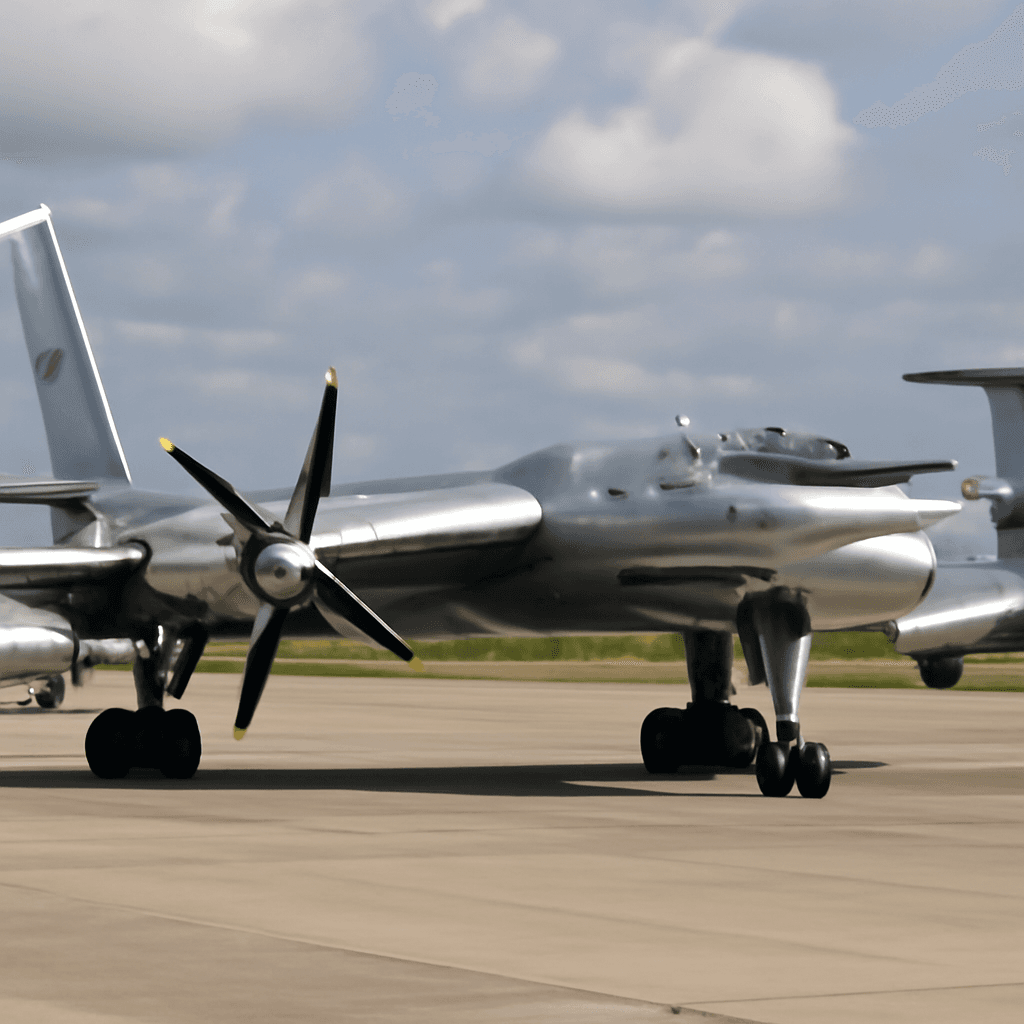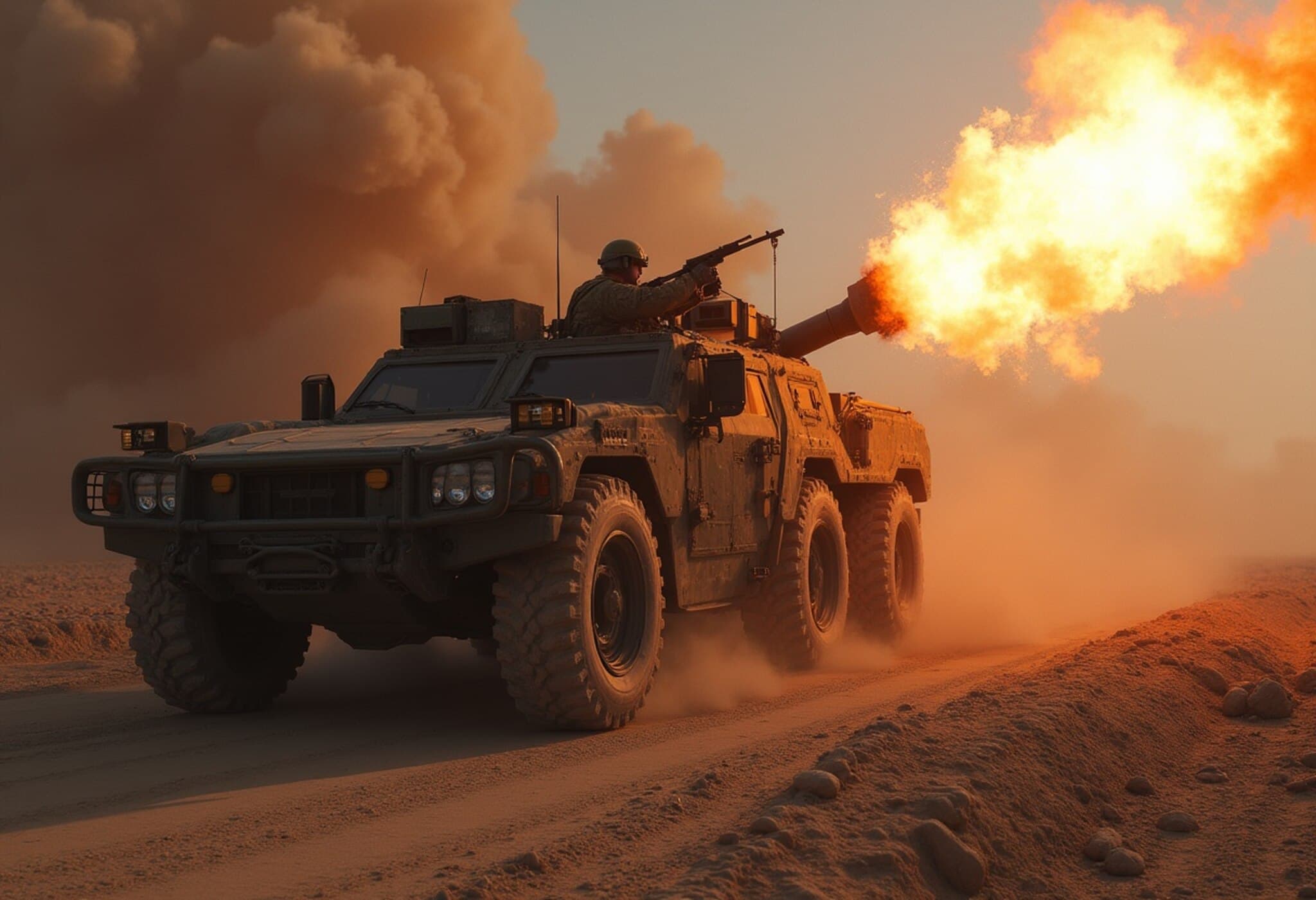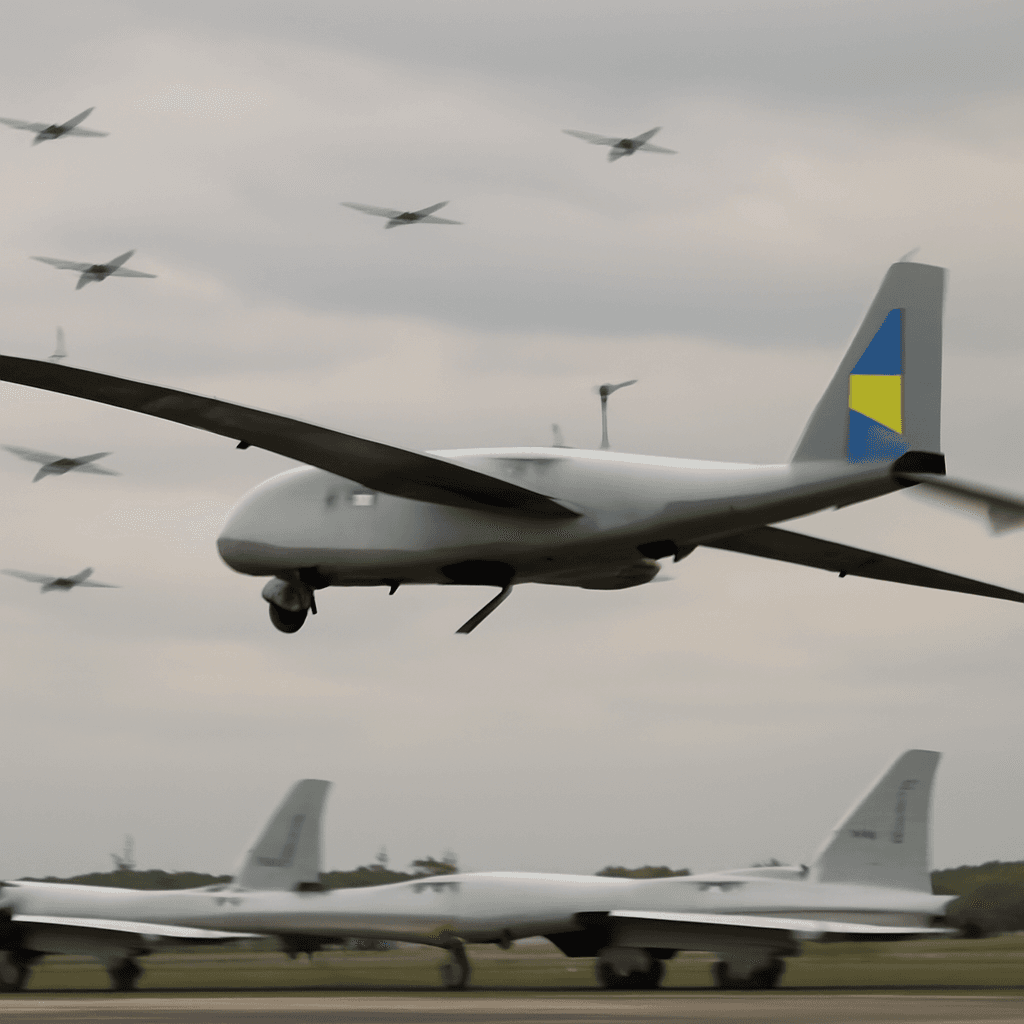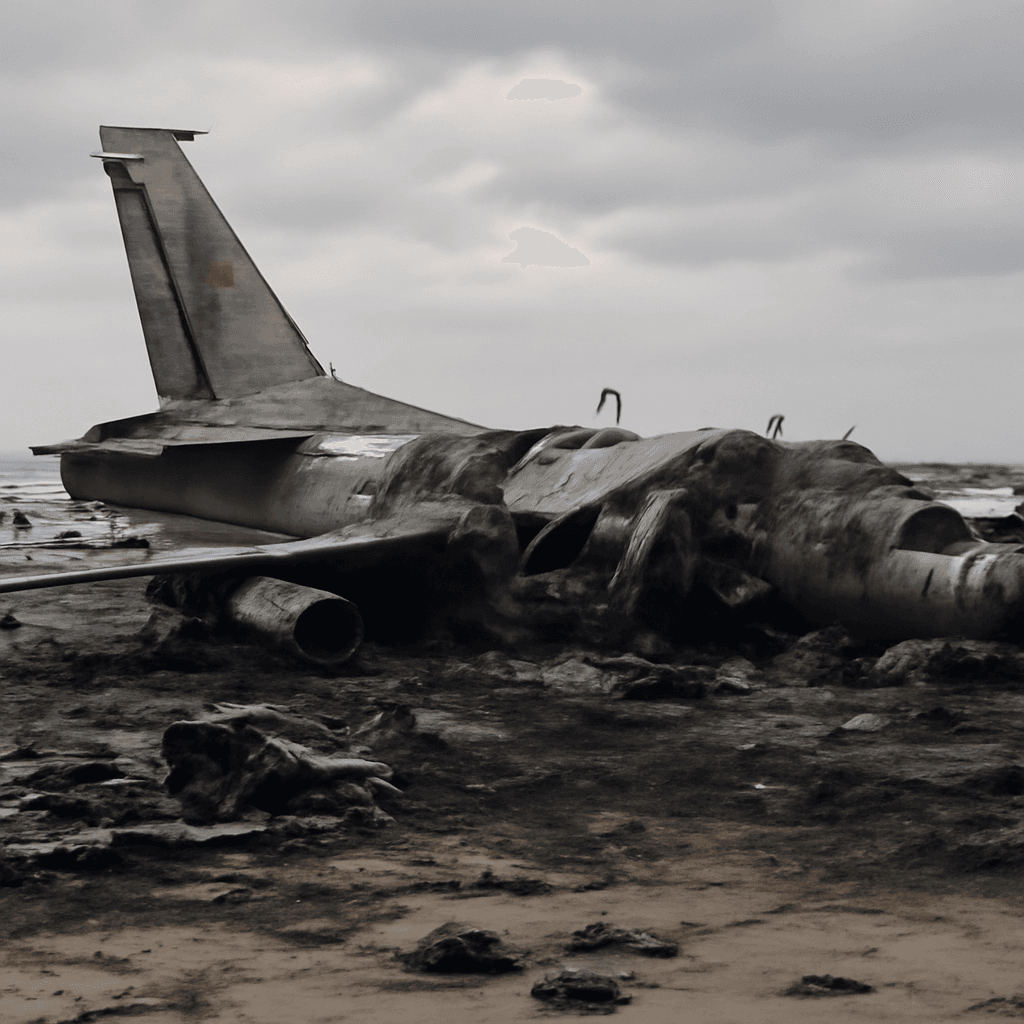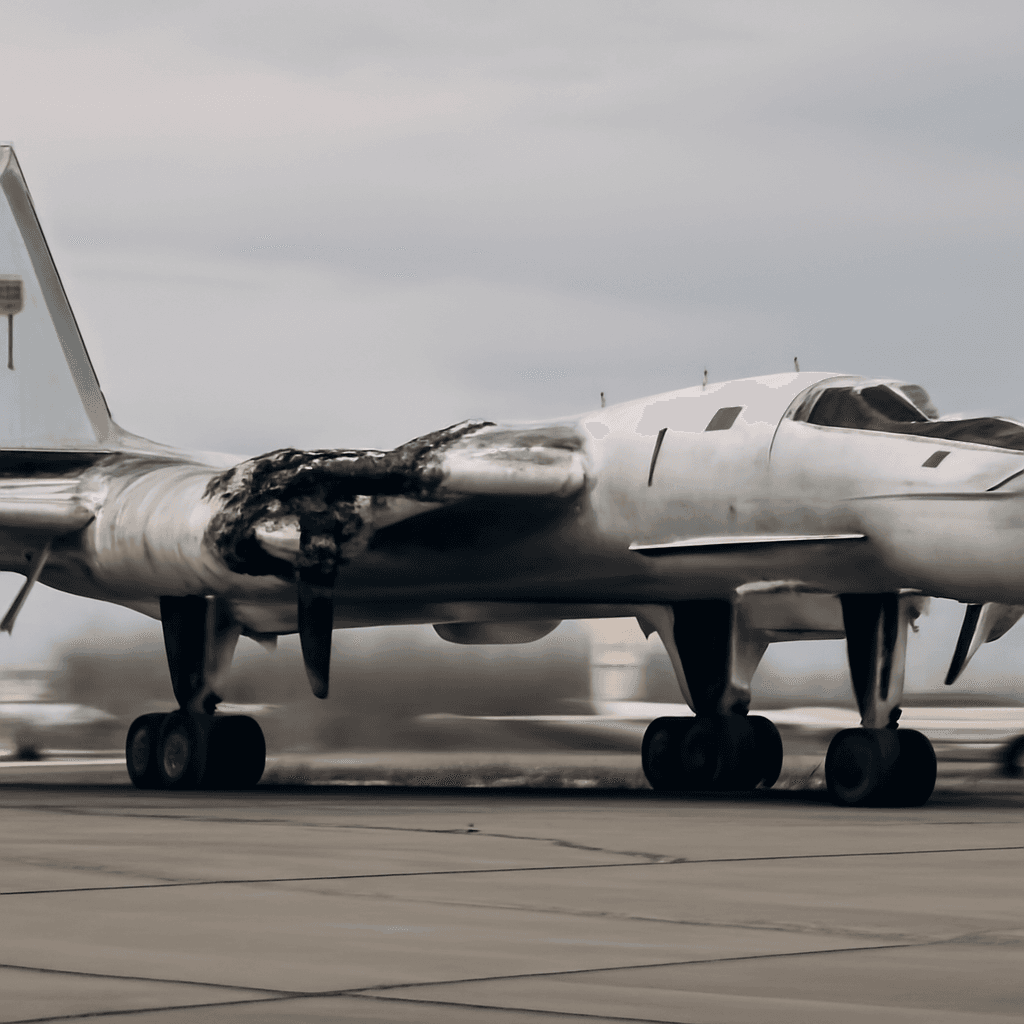Introduction to Operation Spider Web
On June 1, 2025, Ukraine executed an unprecedented drone assault deep inside Russian territory, known as Operation Spider Web. This meticulously planned offensive targeted military airfields across five Russian regions—Murmansk, Irkutsk, Ivanovo, Ryazan, and Amur—resulting in the destruction or damage of up to 41 Russian military aircraft, including strategic bombers and early-warning radar planes.
The Ukrainian Security Service (SBU) revealed that a swarm of small, low-cost first-person-view (FPV) drones was covertly transported across Russian lands and launched from disguised, civilian-like trucks. Ukrainian President hailed the operation as a “brilliant” achievement that had been in preparation for 18 months.
A Strategic Transformation in Warfare Tactics
Operation Spider Web signifies a fundamental shift in air combat strategy. Instead of utilizing expensive fighter jets and cruise missiles, Ukraine employed affordable drones costing approximately $500 each, retrofitted with explosives. These inexpensive drones managed to incapacitate multi-million-dollar aircraft such as the Tu-95 and Tu-22M3 bombers.
- Impact estimate: About one-third of Russia’s strategic bomber fleet was affected.
- Cost asymmetry: Cheap drones inflicted disproportionate damage on high-value, sophisticated targets.
This operation highlights the growing importance of asymmetric warfare, demonstrating that smaller states without extensive air power can still launch effective strikes using innovative, decentralized tactics.
Unlike traditional air campaigns that require complex logistics, air superiority, refuelling, and satellite coordination, this drone offensive was lean and flexible: drones were transported via civilian infrastructure, deployed from makeshift wooden sheds mounted on trucks, and operated using basic FPV systems.
Challenges to Conventional Air Defence Systems
Russian air defenses, primarily designed to counter fast-moving aircraft and long-range missiles, struggled to identify and neutralize the slow, low-flying drone swarms. By launching drones within its own territory, Ukraine circumvented Russia’s radar coverage and air defense networks.
Highly protected Russian airfields, including those in Murmansk and Irkutsk, experienced significant damage, with satellite imagery confirming fires on long-range Tu-22M3 bombers and Tu-95MS strategic bombers.
Despite downplaying the attacks as "terrorist acts," Russian officials acknowledged damage to several aircraft. Prominent commentators recognized the loss as a severe setback to Russia's long-range air capabilities.
The operation exposed a critical vulnerability: traditional air base defenses are ill-prepared for low-altitude, kamikaze-style drone attacks launched from nearby trucks—highlighting an urgent need for specialized counter-drone measures.
Global Implications for Military Defense
The repercussions of Operation Spider Web extend beyond the Ukraine-Russia conflict. Militaries around the world must reassess the security of critical infrastructure such as airfields, radar installations, and command centers.
If an expansive nation like Russia—with its layered air defenses—can be penetrated so deeply, it raises concerns about the protection of similar assets across regions including the Middle East, East Asia, and the Indo-Pacific.
By utilizing truck-mounted drone launchers disguised as civilian vehicles, Ukraine demonstrated how asymmetric tactics can impact peer-level conflicts. Many countries have already started investing in loitering munitions, counter-drone sensors, and jamming technologies, but Operation Spider Web highlights that minimal resources combined with tactical creativity can yield strategic effects.
This cost-effective approach challenges traditional defense procurement, given that a $500 drone can neutralize targets costing tens or hundreds of millions of dollars.
Strategic and Nuclear Considerations
One of the most sensitive aspects of the operation was the targeting of nuclear-capable strategic bombers. While there is no indication that nuclear warheads or command systems were attacked, striking platforms integral to Russia’s long-range nuclear deterrent significantly elevates the strategic stakes.
Russia’s doctrine emphasizes retaliation against threats to strategic assets, and despite no direct military escalation following the attack, calls for strong countermeasures, including nuclear posturing, surfaced among nationalist circles.
The event illustrates the increasingly blurred lines between conventional and strategic capabilities in modern warfare, where even small drones can inflict material damage and create profound strategic ambiguity.
Psychological Impact and the End of Rear-Echelon Sanctuary
Beyond material damage, Spider Web dealt a psychological blow by demonstrating that rear-area bases are no longer immune to attacks. Video footage of explosions rippling through distant airfields spread widely, contradicting narratives claiming the conflict was confined to the frontline.
The use of civilian infrastructure and software-driven coordination redefines the concept of front lines, signaling that digital networks and drone swarms can project power anywhere.
Such capabilities heighten concerns over future targets, including radar stations, fuel depots, and communication nodes, whose sheer number and distribution make comprehensive defense challenging.
Looking Forward: Military Adaptations and Future Threats
In response, Russia and other nations are expected to bolster their counter-drone capabilities, investing in radar systems optimized for detecting low, slow, and small (LSS) targets, electronic jamming, perimeter sensors, and laser-based interceptors. However, these upgrades require significant time and resources.
Ukraine has indicated that Operation Spider Web was a prototype for future drone swarms, with potential to expand attacks against moving targets, infrastructure, and critical digital assets.
The operation suggests a future where drone warfare is not an outlier but a central component of military engagement.
Conclusion
Operation Spider Web represents one of the most intricate and far-reaching drone offensives to date. By harnessing affordable drones launched covertly from within enemy borders, Ukraine challenged traditional assumptions about air power and defense.
The operation serves as a wake-up call for Russia while providing a blueprint for asymmetric warfare worldwide. It demonstrates that in contemporary conflict, ingenuity and innovation may outweigh sheer military inventory and that low-cost drones can effectively counter billion-dollar air strategies.


